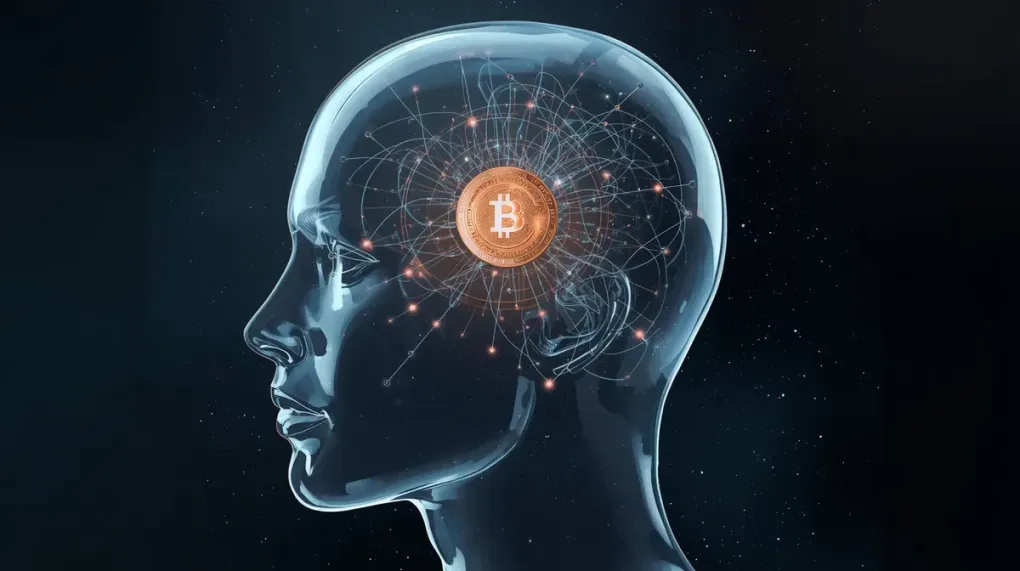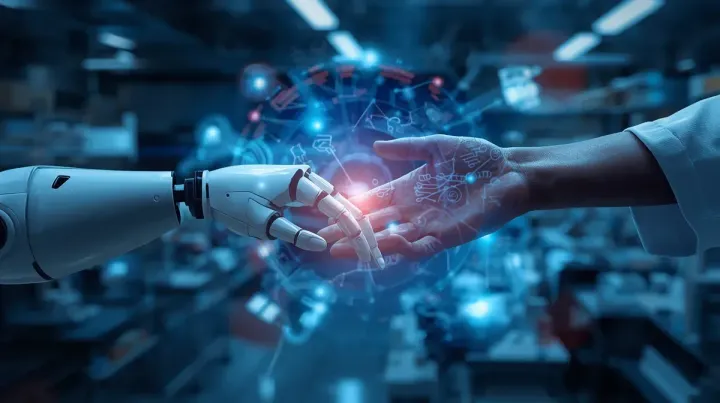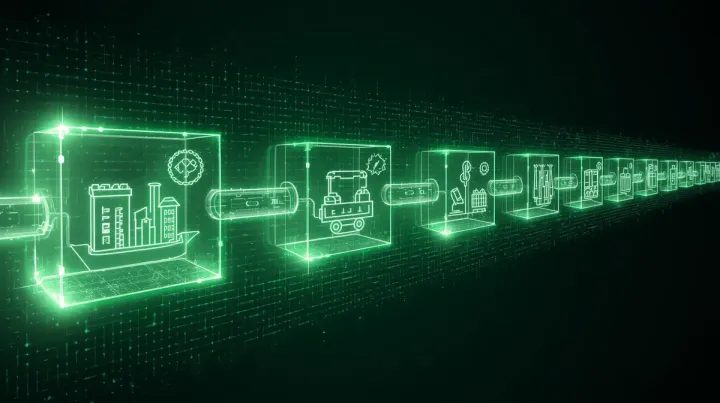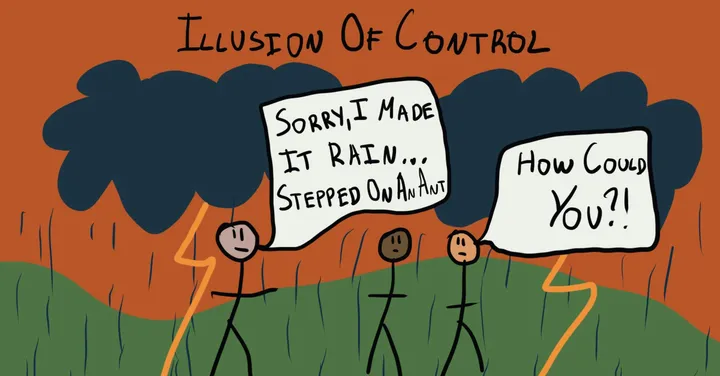
Who Owns a Thought? The Shifting Philosophy of Digital Property
For centuries, the concept of ownership has been simple. It was tied to the physical world. You could hold a book, touch a painting, or stand on a piece of land. Property was tangible, and that tangibility gave it a clear, legally defined reality.
Then came the internet, and the lines started to blur.
We’ve spent the last two decades grappling with this shift. We learned the hard way that we don’t own our digital music or e-books; we license them. There is no second-hand market for the digital goods we purchase, because in the eyes of the law, there is no “good” to sell—only a string of ones and zeros that we have temporary permission to use.
This has created a deep and persistent tension between our human instinct for ownership and the legal realities of the digital world. And now, with the rise of the metaverse, NFTs, and generative AI, this tension has reached a breaking point. We are being forced to confront a fundamental question: what does it mean to own something that doesn’t physically exist?
The Metaverse Paradox
At its core, a metaverse is just code. Every avatar, every virtual car, every piece of digital land is a synthetic asset created and experienced within a manufactured environment. From a legal standpoint, everything you “buy” in the metaverse is likely governed by an End-User License Agreement. You don’t own it any more than you own a character in a video game.
But that’s not how it feels. The human brain is wired for ownership. We place a higher value on things we possess—a psychological quirk known as the “endowment effect.” This is why companies market digital items as things you can “buy” and “own,” even when you can’t. Ownership sells; licensing doesn’t.
Enter the NFT
Non-Fungible Tokens (NFTs) are a brilliantly simple, and yet profoundly strange, solution to this paradox. An NFT doesn’t grant you ownership of the actual digital item—the art, the music, the text. The intellectual property rights almost always remain with the creator.
So what are you buying? You are buying a unique, unfalsifiable certificate of authenticity recorded on a blockchain. You are buying a connection to the work. The NFT ingeniously recreates a sense of scarcity and value, not by giving you the object itself, but by giving you something else you can provably own: the token.
It’s a displacement of property. The concept of ownership is being reinvented, shifted from a tangible medium to an intangible certificate. It’s a fascinating and, frankly, bizarre evolution of a concept that has been with us since the dawn of civilization.
A New Philosophy of Property
This shift is forcing us to reconsider what we value. Does an NFT holder, who has no control over how a piece of art is used or distributed, have the same kind of ownership as a traditional art collector? Clearly not.
We are moving from a world of exclusive control to a world of authenticated connection. You may not own the digital song, but you can own a token that proves you were one of the first 100 people to support it. This doesn’t give you the right to control the song, but it gives you status, a place in the history of that creation.
This is a profound philosophical shift. It suggests that in the digital realm, value may not come from possessing an object, but from possessing a unique and verifiable relationship to it. We are in the early days of this transformation, and the legal and cultural implications are immense. The old rules of property, born from a world of physical objects, are dying. A new philosophy of digital ownership is being born, and it is forcing us to ask ourselves what it truly means to own anything at all.


